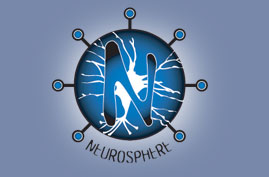London Calling
Network Infrastructure for the Neurosphere
In several geographic areas around the world, wi-fi networks are proliferating as grassroots phenomena. Me, I look for Starbucks because I count on my T-Mobile subscription. Which model will out? T-Mobile is getting my money right now, but the grassroots thing has organic momentum behind it. The hacktivists have to get over the idea that somehow, the connection to the Internet backbone is automagically free. But beyond that, they’re on to something…
“In the last five years usage of wireless networks worldwide and in the UK, especially in London, has grown enormously. Community networks, commercial providers and public sector initiatives have been turning to this now-generic technology to provide themselves with local, low-cost networks. As this technology hits the mainstream, expanding the potential scale and utility of these networks, Wireless London addresses the creative possibilities, policies, practicalities and potential of Wireless London.”
http://wirelesslondon.info/About
“This study looks at how wireless networking (WLAN) in London has developed over the last three years from hacktivist pastime to mainstream pursuit. Comparing networks built by freenetwork groups, commercial hotspot providers, and public sector initiatives the study also examines the sales and uptake of WLAN equipment and makes some direct measurements of wireless activity in the Greater London area. Finally the study looks at the development of WLAN in the home and makes a recommendation for a Wireless Festival for London in 2004/2005.”
informal.org.uk/people/julian/publications/the_state_of_wireless_london/
“The Node Map is a core part of the Wireless London project. There have been many attempts over the last four years to solve the problem of visualising the network, keeping networkers in contact with each other, and connecting the technical infrastructure of the network with the cultural and social fabric of the city.”
http://wirelesslondon.info/LondonNodeMap?v=15kb
